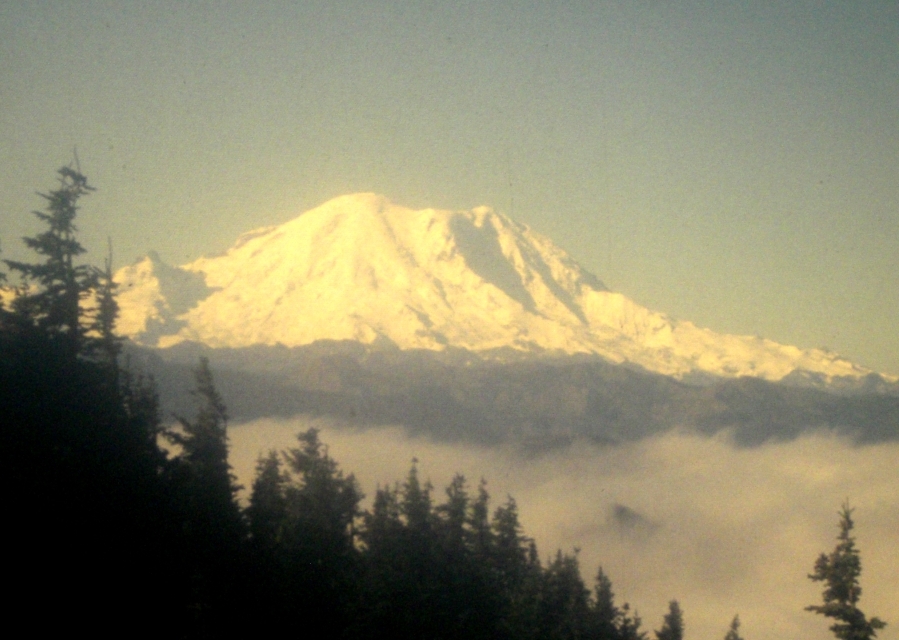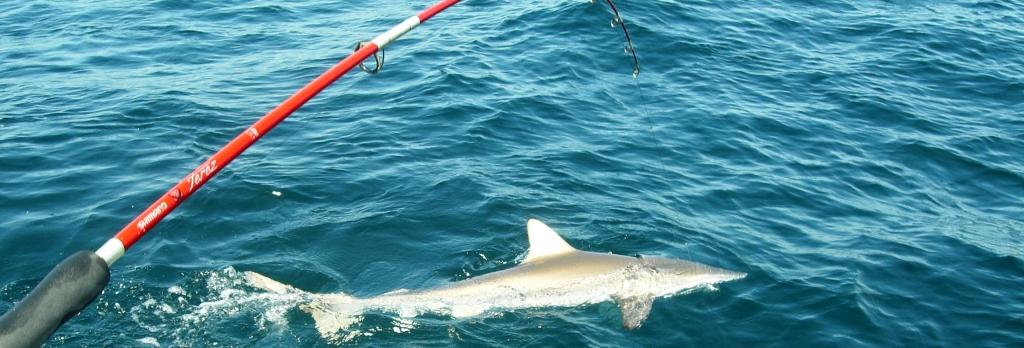The harness around my waist seems tight. I feel a tug from in front of me, and glance up: The guide is looking at me, and I may be imagining things as I peer through my hat and balaclava and glacier glasses, but he seems annoyed. He wants to go faster. But at the same time, I feel a tug from behind: The climber on the rope in back of me is lagging. It may be that he can’t go any faster; I don’t know.
All I know them is that I’m caught between them in a literal tug of war, just as we are making our way up a rocky slope known as Disappointment Cleaver. My crampons slide on the combination of rock and snow. I lose my balance. The tugging continues. The pre-dawn air is thin and sharp; the snow glows in the moonlight. Just at the moment, this isn’t feeling like fun.
In Your Bucket Because…
- Other outfitters may guide you up a mountain; R.M.I. teaches you how to climb.
- It’s a “real” climb, one that requires ropes, harnesses, and endurance, and both the feeling of accomplishment and the views when you get to the summit are world-class.
- Good for very (very) fit adventurers.
At 14,411 feet, Mt. Rainier is the highest peak in the state of Washington, the fifth highest in the contiguous 48 states, and one of the most arduous of the “State High Points” to climb. However, climbing Mt. Rainier does not require technical ice-climbing or rock-climbing skills, so even inexperienced climbers can reach the summit if they are strong enough, and if they climb with the assistance of guides. Rainier Mountaineering Inc. (R.M.I) is the licensed guide operation on the mountain and it takes care of route finding, safety issues, and pacing. All the climber has to do is keep putting one foot in front of the other. Which, just at the moment, is a problem.
Climbing Courses on Rainier
R.M.I. courses range from an introductory summer climb of Mt. Rainier to a heavy-duty week-long winter mountaineering course to a multi-week expedition up Alaska’s Mt. Denali (the highest peak in North America) to specialty classes to trekking and climbing expeditions in South America Africa, Europe, and Asia, where climbers can tackle Aconcagua, Kilimanjaro, Elbrus, and the Himalayas. But it’s the three-day summer climb of Rainier that is most accessible.
Accessible doesn’t mean easy: To participate successfully (let alone happily) in any of R.M.I.’s courses requires a high level of fitness. It’s not unusual to hear that climbing Mt. Rainier is as difficult as completing a marathon or a triathlon. Only about 50 percent of prospective climbers succeed in the quest to make the summit; the rest turn back due to exhaustion, weather, or altitude sickness.
The other prerequisite for climbing Mt. Rainier with R.M.I. is to complete the company’s class in alpine techniques.
The class is a one-day affair crash course. First step: Learn to walk. Climbers wear crampons and ropes, and the trick is to not get the two in a tangle (among other things, you could trip over your rope or damage it by stepping into it with a spike.) Next up: the ice ax. The basic walking position is adze forward, in the uphill hand, so it’s ready to stop a fall without impaling the user. It’s not as simple as it sounds, and self-impalement is a real risk. We also practiced the rest step, which I have to say I was already an old hand at, being a long-distance hiker. Basically, it’s taking a mini-rest between steps with the weight on the downhill leg. Finally, there was the pressure breathing: deep breaths through the nose followed by almost explosive exhaling through the mouth.
Then the real fun began. We took turns throwing oursleves down the slope — head first, feet first, on our stomachs and backs — with the goal of digging our ice axes into the snow, flipping into a face-to-snowbank position, and stopping the fall. Meanwhile, upon hearing the call “Falling!” other team members were expected to drop into a braking self-arrest position to brace themselves and help stop the fallen climber’s descent. When members of the group are deemed competent, they may move on to the actual climb itself.
“Sometimes the Mountain Says No.”
In addition to technical skills, R.M.I. instructors focus on safety issues, such as weather, group accountability, and health issues, including hypothermia, altitude sickness, and simple exhaustion. The guides seem fond of slogans, and we heard several during the course, but perhaps none more important than “A successful climb is not measured at the top, but back at the bottom, when everyone is down safely.”
And also: “Sometimes, the mountain says no.” Climbers are taught that there’s no argument with a naysaying mountain.
On reaching the top of the Cleaver, our group stopped to rest, and I don’t know if the mountain said no, or the guide, but the climber in back of me was told that he wasn’t going any farther. He seemed relieved. With about half the group left, we were reconfigured into new rope teams, and this time I drew the slowest guide on the planet — which for me, was a stroke of luck. I had no trouble making it the rest of the way, and I never felt another pull on my rope.
What’s the point of all this huffing and puffing and slipping and sliding with the potential of a rare but possibly really bad accident always looming in the background? The scenery at the summit is breathtaking, with an angel’s-eye view of practically the entire Cascade range. There are ice sculptures and formations to marvel at, as well as the wonder of the summit crater. There is the adrenaline and the accomplishment. But I have to admit, when asked to explain the allure, all I can do is quote the master: “Because it’s there.”
Practicalities
R.M.I. provides a gear list of what you need to bring and what you can rent from them. The climb is a two-day program, plus the intro class, but you don’t have to do the class and the climb back to back. On the first day of the climb, you hike to Muir Hut. The second day you wake early (how early depends on the weather). After summiting , you descend all the way back to Paradise — 9,000 feet of constant, uninterrupted down. I found the descent by far the most difficult part of the climb, in part because, well, suffice it to say that 9,000 feet down is almost eight Empire State Buildings, and partly because the rental boots dug into my shins. Expect to be sore the next day.



